
Alabama Hills, Mono Lake, Bodie Ghost Town - Desertscapes, Star Trails, and Long Exposure Photos, July 2012
Page 4 of 5 - Follow the birds!
As large as it is, Bodie was a large town, at one point having 10,000 residents. But fires have swept through Bodie, and only 5% of the town still stands today, with none of the saloons, houses of ill repute, or Chinatown in existence today. Left: Seiler House, Bodie gold rush mining ghost town, California, USA. |
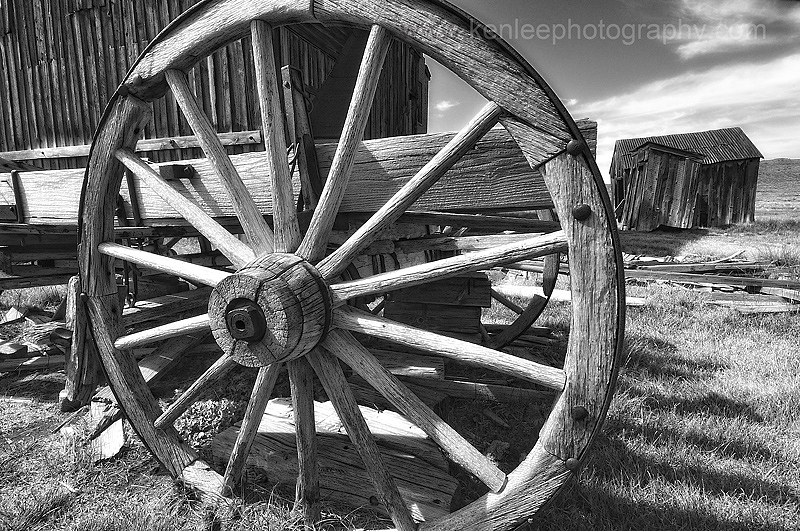 Bodie ghost town, north of Mono Lake, California.
Bodie ghost town, north of Mono Lake, California. |
Bodie is easily one of the most fantastic ghost towns I've visited, at least on par with Humberstone in the Atacama Desert in Chile.
|
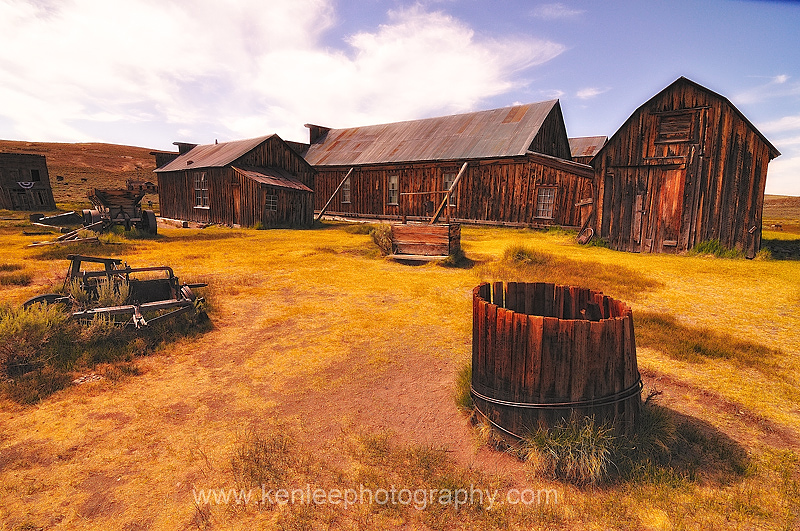 Bodie ghost town. Bodie ghost town. |
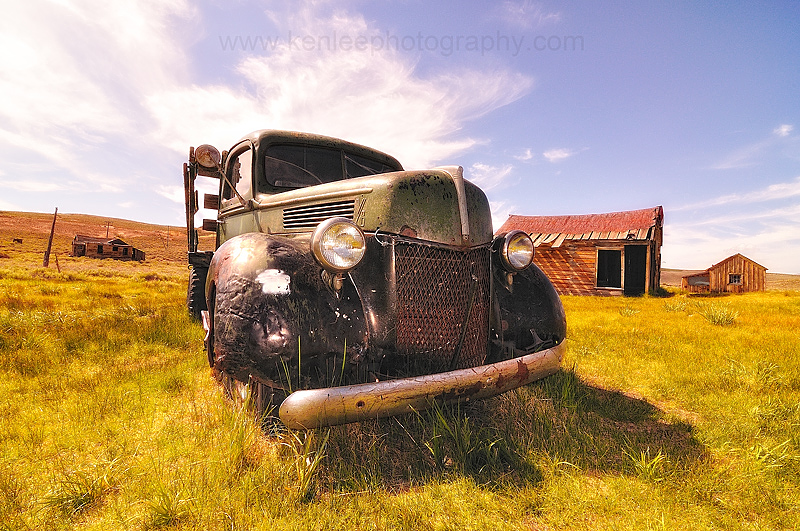 Old truck in Bodie ghost town, north of Mono Lake in California. Old truck in Bodie ghost town, north of Mono Lake in California. |
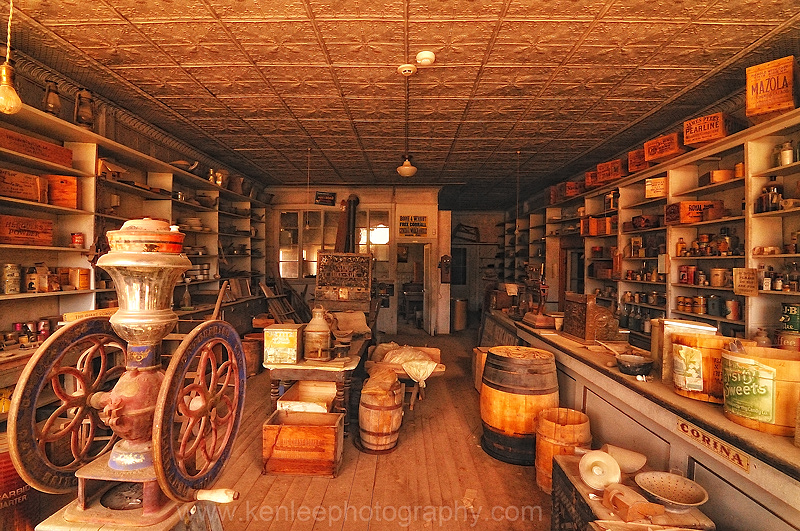 I found this fascinating. An old store, seemingly frozen in time, as if just yesterday, people were buying and selling goods here. I found this fascinating. An old store, seemingly frozen in time, as if just yesterday, people were buying and selling goods here. |
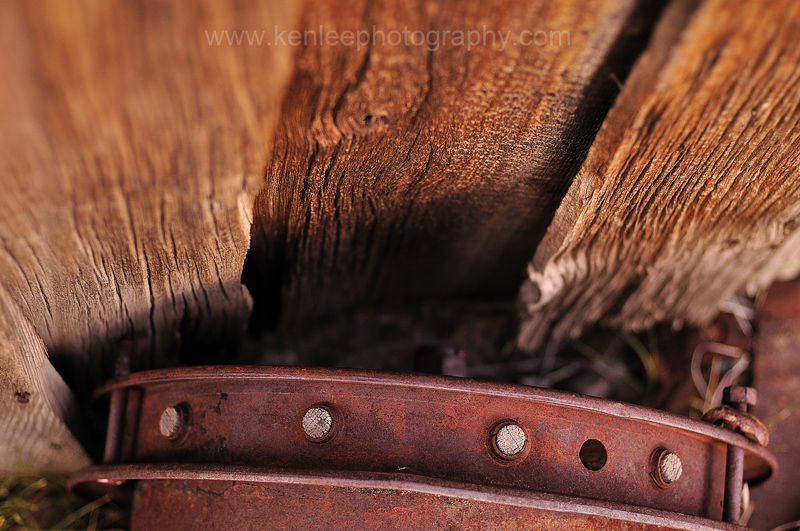 Old wood has such fantastic texture. Bodie ghost town. Old wood has such fantastic texture. Bodie ghost town. |
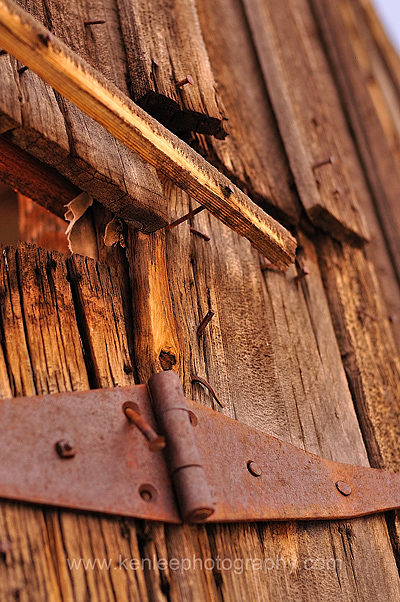 a rusty hinge to an old barn in Bodie ghost town. a rusty hinge to an old barn in Bodie ghost town. |
That said, much of Bodie is original, and is maintained and washed, as is the case here, where this ranger washes the interior of the Methodist church while singing church hymns in quite a beautiful voice. Later that day, there would be a wedding rehearsal, something that probably costs quite a bit of money. |
The brochure also states, "killings occurred with monotonous regularity, sometimes becoming almost daily events. The fire bell, which tolled the ages of the deceased when they were buried, rang often and long. Robberies, stage holdups and street fights provided variety, and the town's 65 saloons offered many opportunities for relaxation after hard days of work in the mines. The Reverend F.M. Warrington saw it in 1881 as 'a sea of sin, lashed by the tempests of lust and passion.'" A ranger told two stories. One was of two men who got in a fight outside a saloon. Standing only 6-8 feet apart, each drew six-shooters on the other, emptying their bullets...none of them striking their adversary. Another was of theft. Trees do not grow near Bodie, and in the extremely cold, windy winters at 8600 feet, wood was a very scarce and expensive commodity. So one person was dismayed to find that his stash of firewood kept getting smaller and smaller. To address this, he placed some black powder in one hollowed out log, and placed it back on the pile. Later that evening, a neighbor's house exploded furiously, so much so that it could be heard miles away. His wood was never stolen again. |
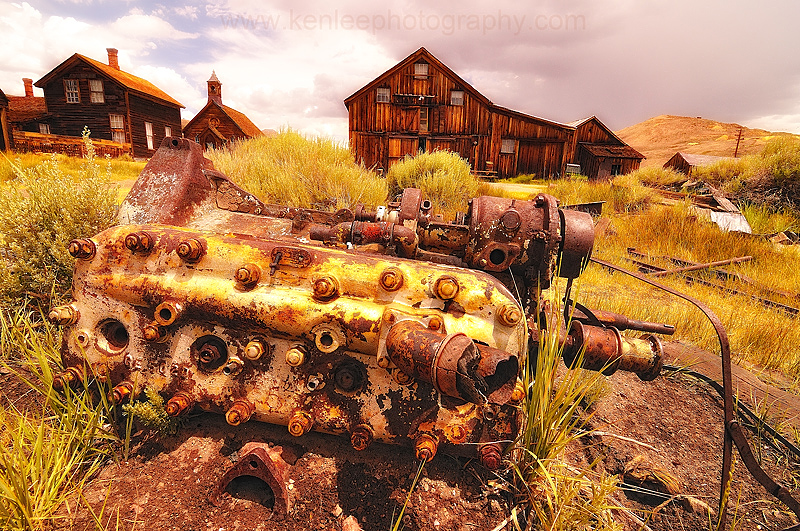 Bodie ghost town, an old gold rush mining town. Bodie ghost town, an old gold rush mining town. |
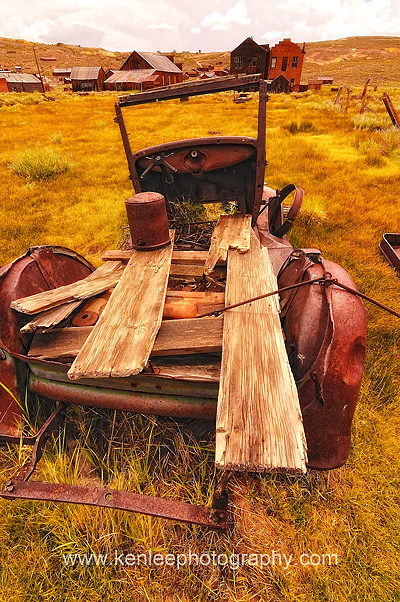 Bodie ghost town and its abandoned vehicles. Bodie ghost town and its abandoned vehicles. |
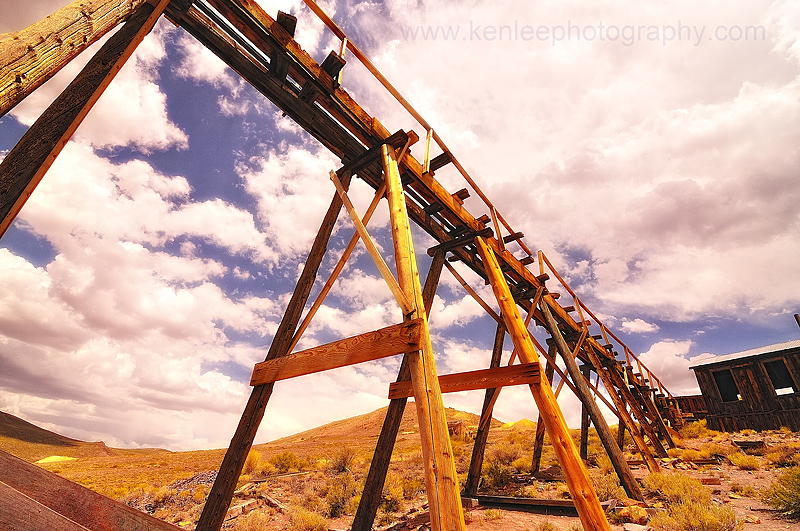 Near the stamp mill in Bodie.
Near the stamp mill in Bodie. |
The Fascinating Story of Power The mining town of Bodie, however, was in great need of electricity. They had been using a steam engine, and the cost of shipping trainloads of wood was prohibitively expensive. The superintendent of Bodie took a chance on a new, experimental company. That company was called Westinghouse, and their solution was alternating current. In 1893, several years before the White House had electricity, the town of Bodie disconnected its mill's boilers and steam engine, and the stamp mill ran on AC electricity. |
Click on the Bird Buttons to navigate. |
|
Ken's photos of Nobel Peace Prize Winner Aung
San Suu Kyi, as well as photos of Peru, Burma, India, Morocco, China, Thailand,
Ghana, Ecuador, and elsewhere, have appeared in many books, magazines,
websites, and galleries. Visit the
Ken Lee Photography Website. Some of Ken's select photos may be
purchased through his
Imagekind Store. |
Alabama Hills, Mono Lake, and Bodie Ghost Town: Desertscapes, Star Trails, and Long Exposure Photos, July 2012
Page 4 of 5
Eleven Shadows Travel Page
Contact photographer/musician Ken Lee